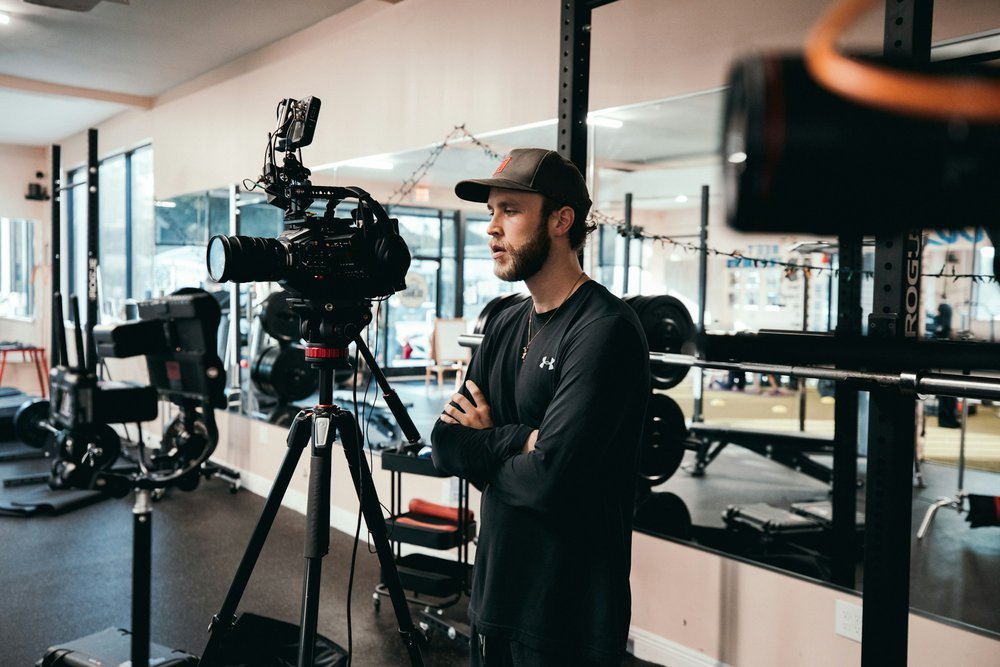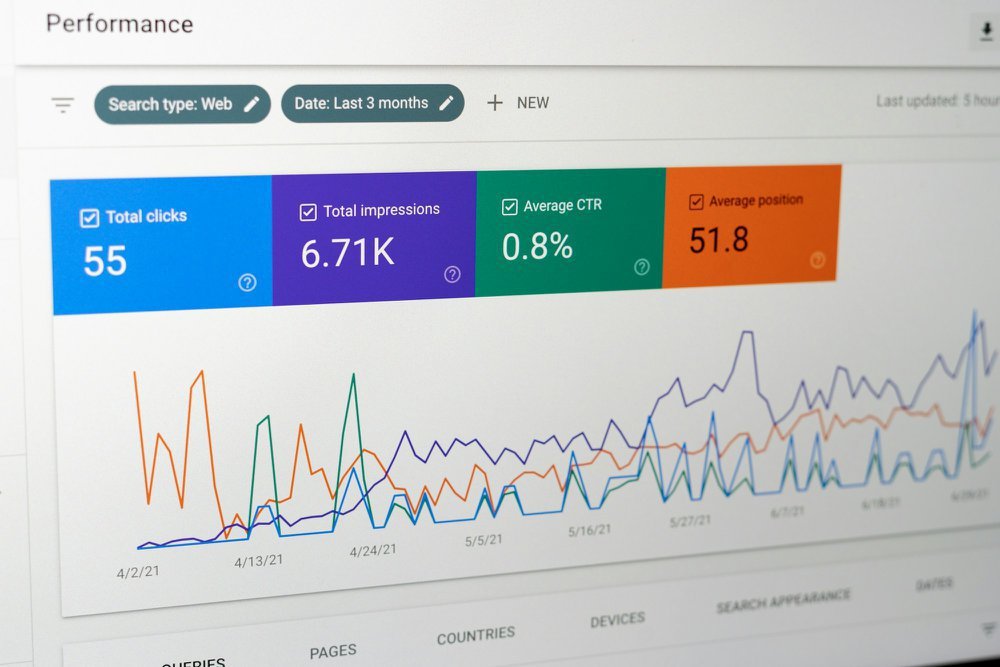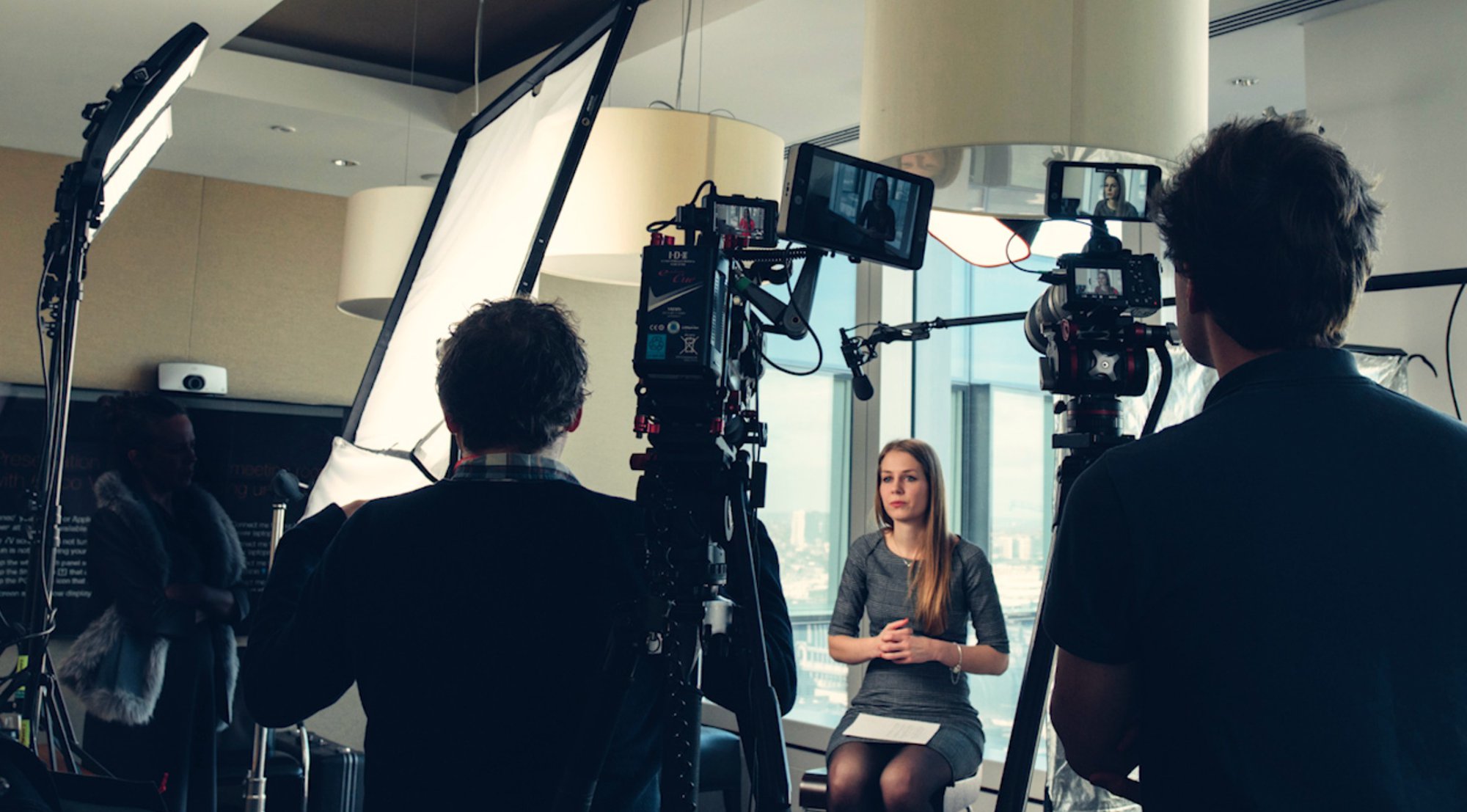In today’s digital-first world, video is more than content. It’s how businesses connect with people, explain their value, and turn interest into action.
From SaaS video marketing campaigns to product demos and tech videos, companies are finding that video makes complex ideas simple and holds the audience’s attention far better than text alone.
Commercial videography takes that impact further. By blending storytelling with strategy and visuals, it helps reach the right audience, guide them through the buyer’s journey, and deliver results you can measure.
Explainer videos for SaaS products, customer testimonials that build trust, and promo spots designed to bring in more leads all show why video has become one of the most effective tools for business growth today.
What Is Commercial Videography?

Commercial videography is all about creating videos designed to market a product, service, or brand. Unlike event or documentary work, these videos are strategy-driven. Every frame has a clear purpose: connect with your target audience, explain value, and inspire action.
At its core, commercial videography combines compelling storytelling with professional video production services. The result is content that moves your audience through the buyer’s journey and creates measurable impact.
Commercial Videography vs. Corporate Videos
The two terms are often mixed up, but they serve very different purposes.
Commercial videos
These videos are customer-facing and promotional. Their job is to grab attention, showcase your brand, and drive action. Think product ads, SaaS promo videos, and short clips built for social platforms. These videos help businesses reach new customers, explain value clearly, and boost conversions.
Corporate videos
They are usually created for internal or B2B communication. Examples include training content, company culture videos, and investor updates. They don’t exist to sell a product directly. Instead, they strengthen relationships with employees, stakeholders, and partners.
Understanding this difference helps you choose the right approach for your goals.
Popular Types Of Commercial Videos

Commercial videography isn’t one-size-fits-all. Different formats work best at different stages of the buyer’s journey, and each brings its own worth.
Explainer Videos – Break down complex products or services into simple, engaging stories. They boost user understanding and address pain points early in the sales funnel. Explainer videos remain one of the most effective tools for business growth.
Explainer videos aren’t just for awareness. They simplify complex ideas and move buyers through the funnel faster.
Product Demo Videos – Show a product in action to highlight features and give customers confidence. Research shows 73% of B2B decision-makers prefer watching demo videos over reading product documents or whitepapers.
Testimonial Videos – Share authentic customer stories. Social proof establish trust and shows prospects how your solution solves real problems.
Promo Videos – High-impact videos designed to build awareness and generate more leads. Often used in ad campaigns or on landing pages to capture audience attention quickly.
Educational and How-To Videos – Teach users how to solve specific problems with your product or service. These videos position your brand as a trusted resource and reduce support requests.
Brand Videos – Tell your company’s story, highlight values, and reinforce identity to build long-term loyalty.
Social Videos – Short, platform-optimized clips for YouTube, LinkedIn, TikTok, or Instagram. Perfect for grabbing attention and driving engagement fast.
The Impact Of Drone Videography

When drone footage is used strategically, it can add a perspective that traditional cameras can’t capture.
For industries like real estate, construction, tourism, and tech, aerial shots provide context and scale that make stories more engaging.
In a B2B setting, drone videography works best when it supports the larger narrative. A manufacturing facility filmed from above or a corporate campus shown in its environment helps audiences connect the brand to its real-world impact.
Pre-Production: The Foundation of Success
Every strong video project begins in pre-production. This stage turns ideas into a clear plan and prevents wasted time or costs.
Key steps include:
- Scriptwriting and Storyboarding – Outline the narrative and visuals so the video delivers key points.
- Location Scouting – Choose settings that fit your brand and connect with the intended audience.
- Hiring a Professional Crew – Experienced teams ensure your corporate video production is executed efficiently.
For SaaS and B2B brands, pre-production means mapping each video type to the buyer’s journey, from explainer videos for awareness to product demos for conversions.
Production: Bringing Your Vision to Life
Production is where the plan becomes reality.
Key elements include:
- Professional Storytelling – Strong narratives keep your target audience engaged.
- Format Variety – Live-action, animation, and marketing videos reach different stages of the sales funnel.
- Collaboration – Working closely with the production team ensures alignment with strategy, pain points, and goals.
Production often includes software demo videos that highlight features in action.
Post-Production: Crafting the Final Product
Post-production transforms raw footage into a polished story.
This stage includes:
- Video Editing – Build flow and highlight key points.
- Motion Graphics and Animations – Simplify complex software with explainer animations and on-screen visuals.
- Sound and Music – Set the right tone to keep viewers engaged.
- Collaboration and Feedback – Refine the final video so it supports marketing goals, from lead generation to customer loyalty.
Post-production brings customer interviews or walkthroughs to life, showing real value to the right audience.
Distribution and Marketing Integration
Even the best video falls flat if it doesn’t reach the right audience. Distribution is where commercial videography meets strategy.
Strong distribution plans include:
- Multi-Channel Sharing – Publish across your website, social platforms, YouTube, and email campaigns so the video supports every stage of the sales funnel.
- Search Engine Optimization – Use the right keywords and metadata to improve visibility and bring in new customers through organic search.
- Strategic Targeting – Align content with business objectives to help SaaS companies and B2B brands shorten sales cycles and generate more leads.
Why Invest In Commercial Videography?

Video is no longer a nice-to-have. It’s one of the most effective ways to influence buyer decisions.
Wyzowl’s 2025 State of Video Marketing Report shows that 89% of businesses use video as a marketing tool, and 93% report positive ROI. LinkedIn data shows that narrative-style videos can drive up to a 129% lift in engagement in B2B campaigns.
That might mean producing explainer videos that simplify complex products, testimonial videos that build trust, or promo videos designed to generate leads.
The benefits are clear:
- Influence Buyer Decisions – Videos demonstrate features and explain value in ways static content can’t.
- Boost Engagement and Retention – Educational and how-to videos keep users engaged beyond the first click.
- Build Trust – Testimonial videos provide social proof that connects with potential customers.
- Increase Brand Awareness – A compelling story shared across platforms improves visibility and drives conversions.
Commercial Videography Costs Explained
The cost of a commercial video depends on scope, complexity, and the results you want to achieve. Key factors that affect cost include:
- Project Scope – The length of the video and number of formats, such as explainer videos, product demos, testimonials, or promo spots.
- Production Crew and Resources – The size of the team and the technology needed to bring your concept to life.
- Specialized Needs – Drone footage, custom animations, or SaaS product walkthroughs.
- Post-Production – Editing, sound design, graphics, and revisions that give the video a professional finish.
Smaller projects may start around $5,000. Most corporate or SaaS video marketing strategy campaign fall between $10,000 and $25,000. High-end productions with advanced animation, professional actors, or multiple locations can exceed that.
At Levitate Media, we customize video production services to fit your budget and business objectives, so every dollar contributes to growth.
Elements Of A Successful Commercial Video

The most successful projects share these elements:
- Clear Messaging – Speak directly to your audience and address their pain points. For SaaS videos, that often means explaining features in plain language and showing how the product solves real problems.
- High Production Quality – Professional lighting, sound, editing, and animation build trust and credibility, especially in B2B marketing.
- Engaging Storytelling – A strong narrative keeps attention and makes the content memorable.
- Consistent Branding – Colors, tone, and style should reinforce your brand identity across every video.
- Effective Calls-to-Action – Direct viewers to the next step in the buyer’s journey, such as subscribing, requesting a demo, or starting a free trial.
- Format Alignment – Match the type of video to your goals: explainer videos for awareness, product demo videos for conversions, testimonial videos for social proof, SaaS explainer video or SaaS promo videos for lead generation.
Tips For Creating High-Impact Commercial Videos
- Define Your Objective: Know whether you want brand awareness, sales, or engagement.
- Choose the Right Format: Tailor videos to platform and audience preferences.
- Prioritize Pre-Production: Plan thoroughly to avoid costly errors.
- Keep It Concise and Visually Engaging: Capture and hold attention quickly.
- Partner with Experienced Professionals: Balance creativity with strategic focus.
Measuring Success And ROI

Tracking the right metrics helps you see what’s working and where to improve.
Key indicators:
- Engagement – Views, watch time, and shares reveal audience interest.
- Lead Generation – Count demos, sign-ups, and funnel entries from viewers.
- Conversion Rates – See how effectively videos turn interest into action.
- Customer Retention – Educational and how-to videos reduce churn and keep SaaS users engaged.
- Pipeline Impact – For B2B SaaS, measure influence on MQLs, SQLs, and revenue. Nearly 73% of decision-makers prefer demo videos over written content.
These insights ensure your video content continues to deliver ROI and support long-term growth.
The success of a video isn’t measured by views alone. The real impact shows up in conversions, retention, and revenue.
How Levitate Media Supports Your Video Goals
At Levitate Media, we create commercial videos that align with your business objectives and deliver measurable results. From scripting and storyboarding to filming, post-production, and distribution, our team manages the entire process with strategy and precision.
We've helped companies across tech, finance, healthcare, and real estate leverage video to grow their brands and drive results.
Conclusion

Photographer: Sam McGhee | Source: Unsplash
Commercial videography is no longer optional. It’s one of the most effective ways to connect with your audience, explain your value, and guide buyers through the sales funnel.
For SaaS companies, that often means explainer videos that simplify complex software, product demo videos that showcase features, or testimonial videos that provide social proof. For B2B brands, it could be corporate videos that promote reliability and strengthen relationships with stakeholders.
The impact is clear: video marketing is about more than visuals. It’s about creating compelling stories that drive conversions, improve customer retention, and fuel long-term business growth.
Frequently Asked Questions
1. What is SaaS video marketing?
SaaS video marketing uses explainer videos, product demos, and promo videos to simplify complex software and engage potential customers. It helps SaaS companies generate more leads, improve user understanding, and reduce churn. Explore more about video marketing strategies.
2. Why are explainer videos effective?
Explainer videos turn complex features into clear, visual stories. They guide the target audience through pain points, showcase value quickly, and increase conversion rates. See why explainer videos remain so effective.
3. How do businesses use product demo videos?
Product demo videos highlight software features in action. They help prospects understand benefits and give existing customers a way to learn about new updates. Demos are often used in the sales funnel to encourage sign-ups and free trials.
4. What’s the difference between promo videos and explainer videos?
These are designed to capture attention and build awareness, often for ads or landing pages. Explainer videos go deeper, showing how a product works and addressing specific customer pain points. Both can be powerful when part of a complete video production strategy.
5. How does video marketing improve customer retention for SaaS businesses?
Educational videos, how-to videos, and tutorials keep customers engaged after onboarding. Video marketing reduce support tickets, build trust, and help customers get more value from the product, which improves retention and loyalty.
Ready to elevate your brand with commercial videography? Contact Levitate Media to start your project today.









